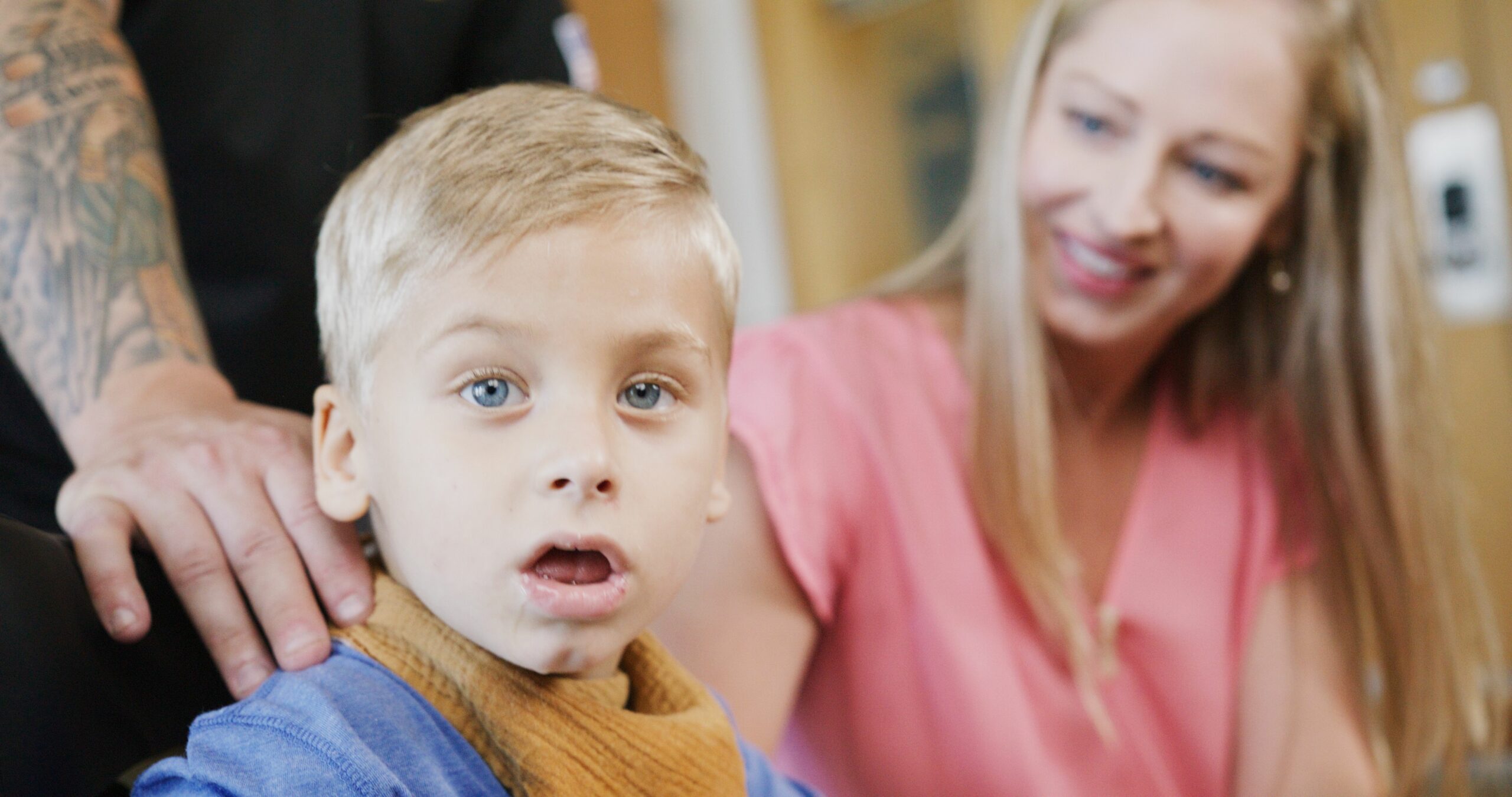
Isaac’s Impact
Children’s hospitals provide advanced care for the most complex conditions in environments specially designed for pediatric patients, allowing children like Isaac to thrive.
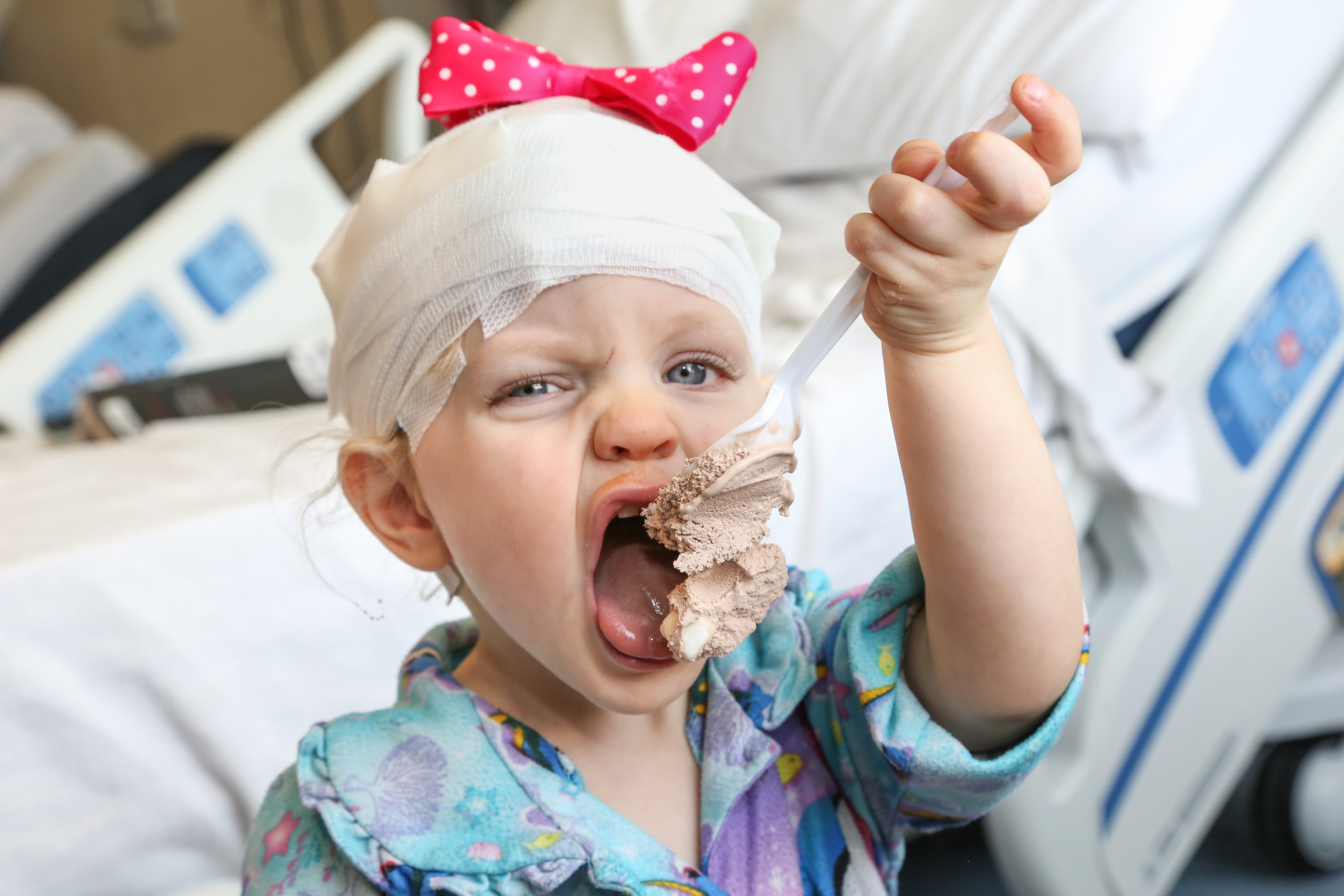
Every day, children’s hospitals help make moments possible. From providing access to the comprehensive care that children need to grow up to supporting children, teens, and their families with specialized treatment for some of the most complex illnesses. Discover more about the moments made possible by children’s hospital through patient stories from around the country.

Children’s hospitals provide advanced care for the most complex conditions in environments specially designed for pediatric patients, allowing children like Isaac to thrive.
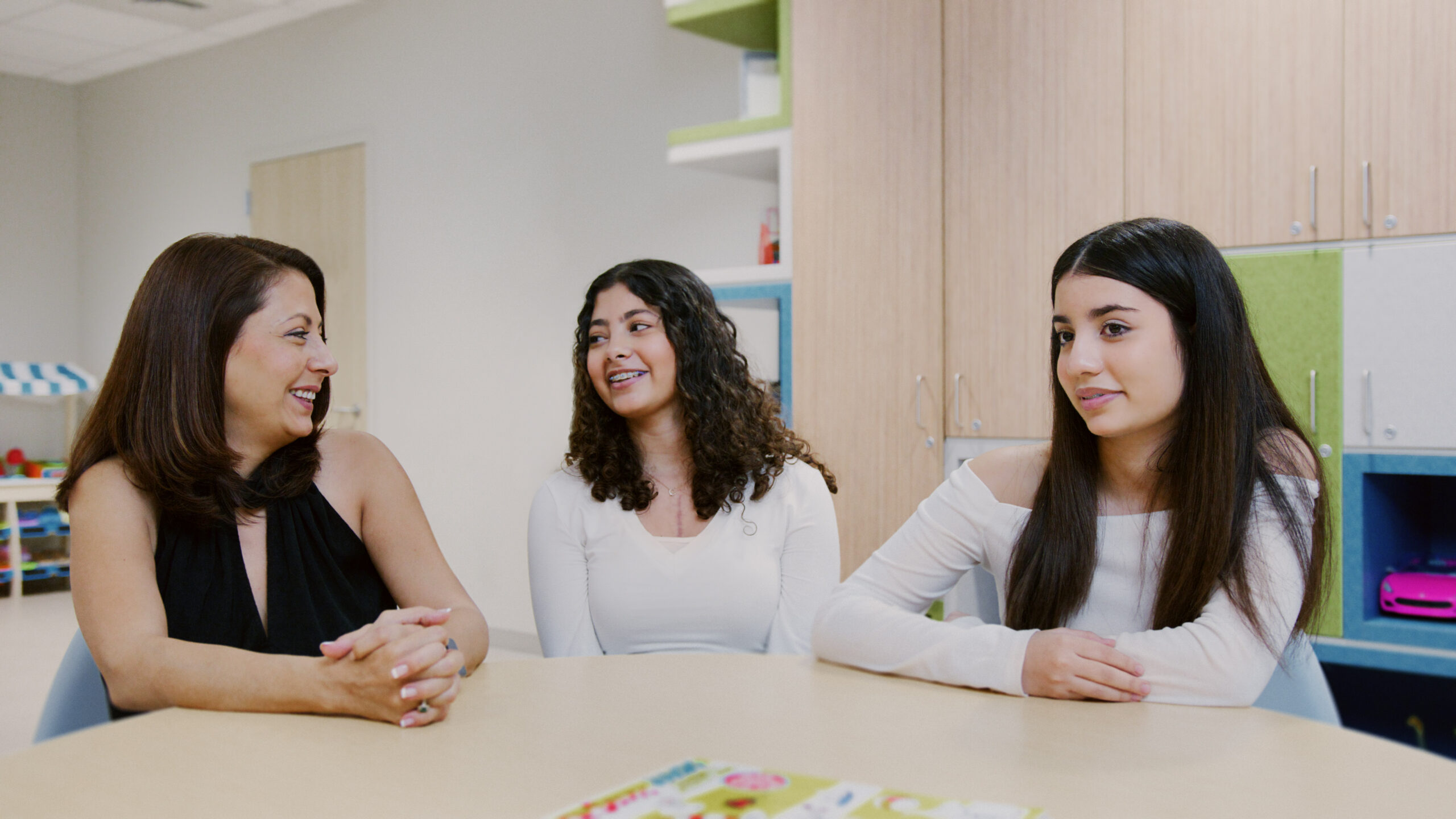
The specialized multidisciplinary teams at children’s hospitals ensure that children and teens – like Cami – can beat multiple complex conditions like cancer and heart failure.
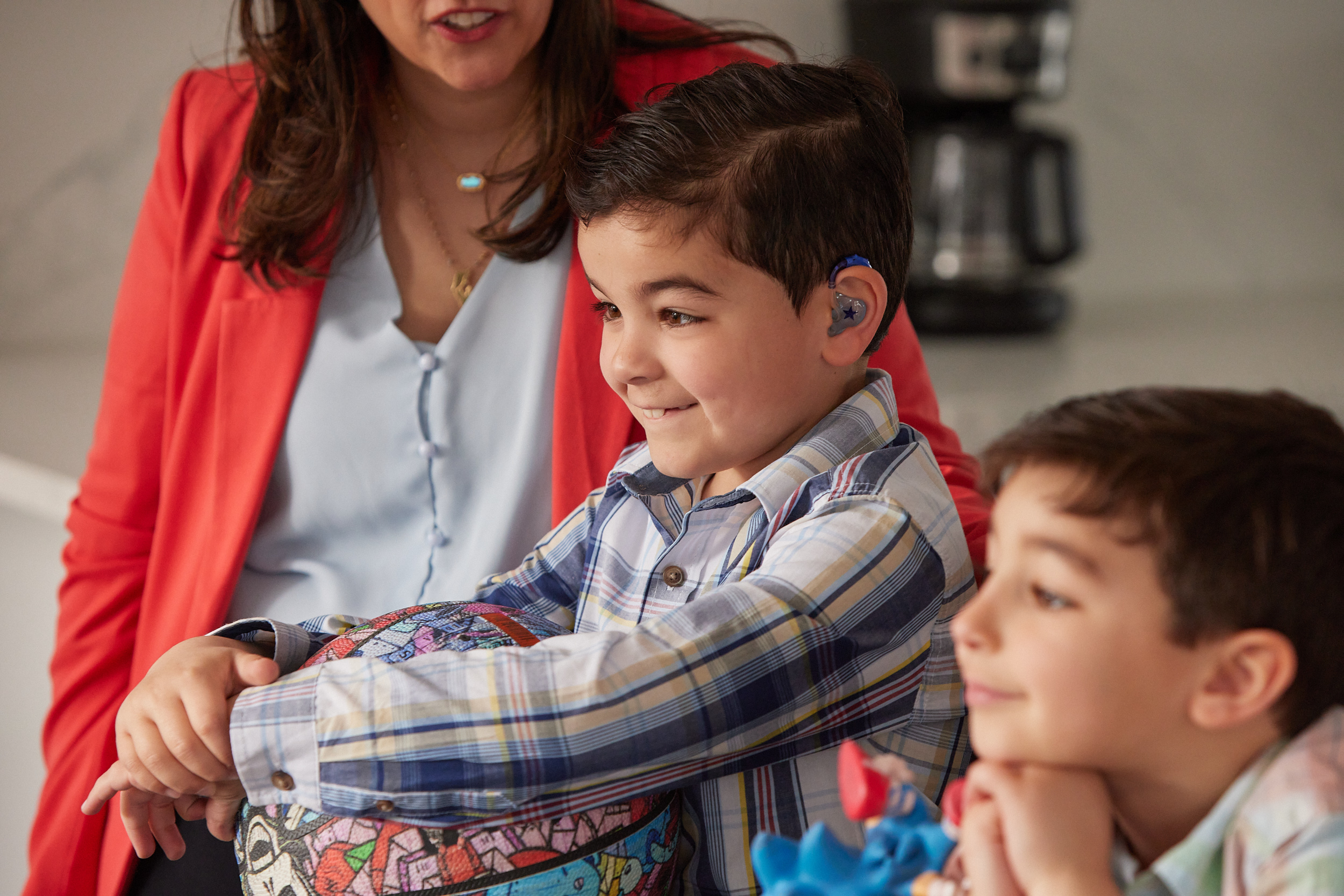
The advanced, specialized care that children’s hospitals provide make moments – like Joseph beating pediatric brain cancer – possible.
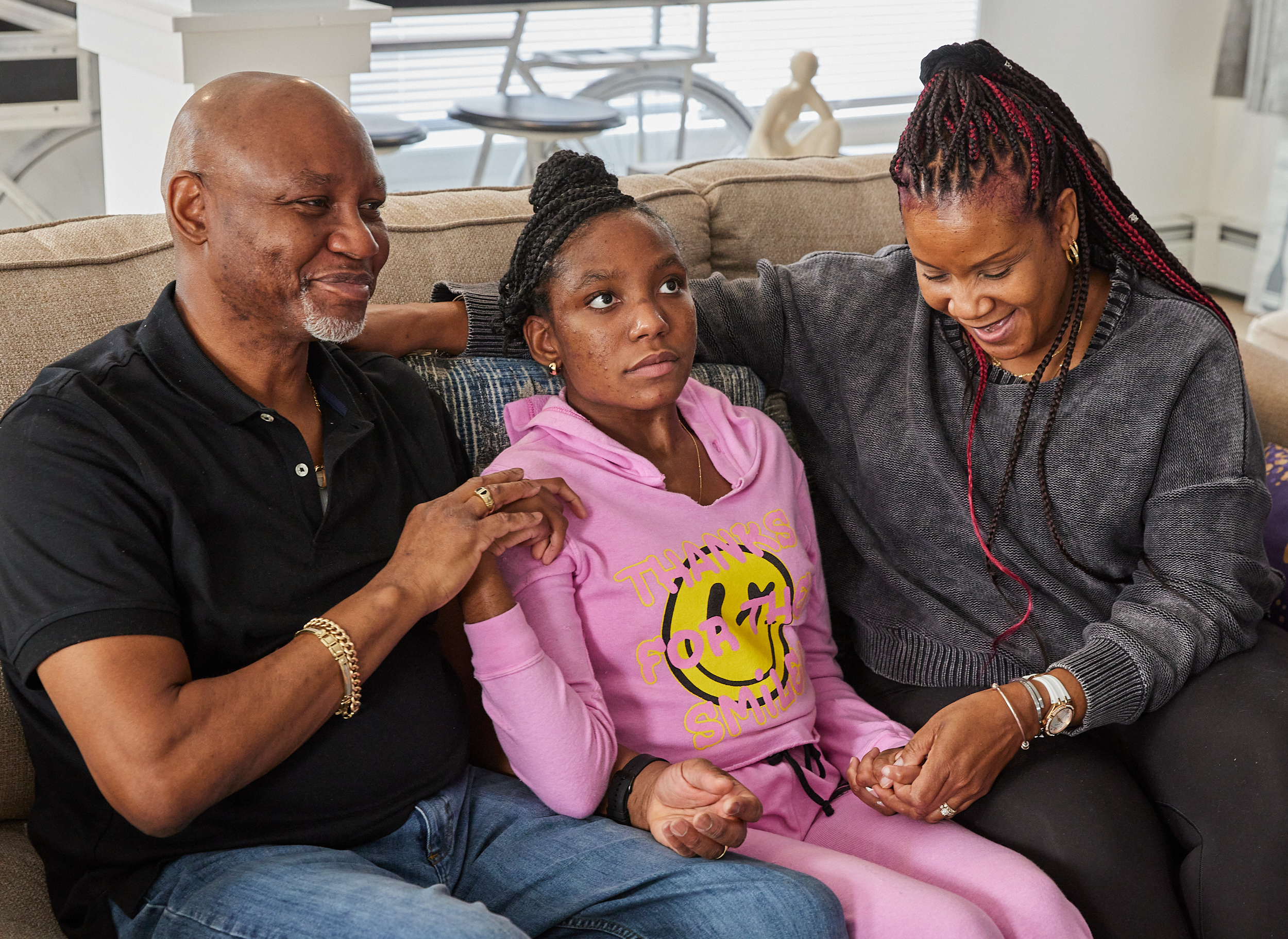
With care delivered by specially trained pediatric clinicians, in environments designed just for children, children’s hospitals help children and teens – like Daniella – navigate complex medical conditions.
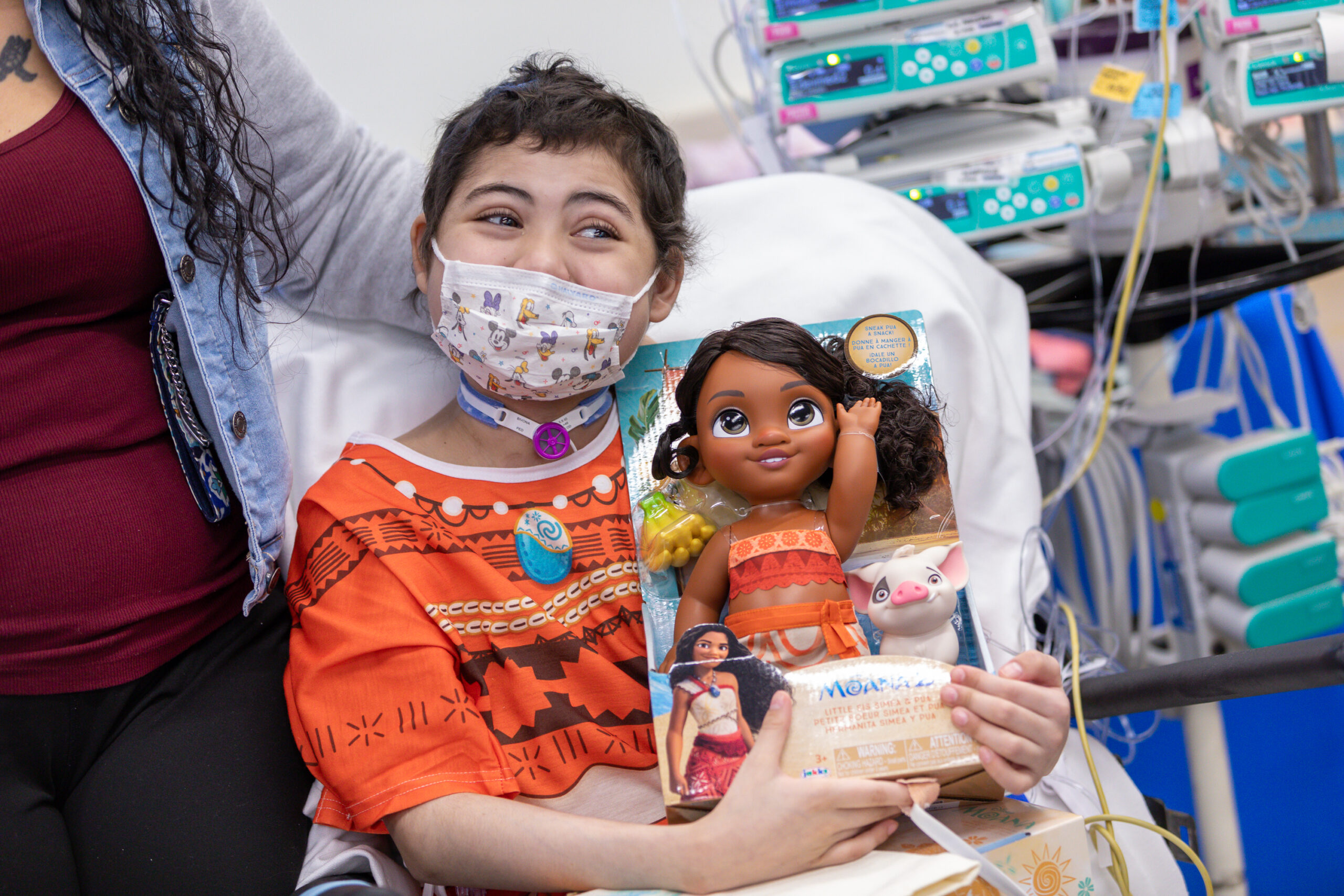
Kapi’olani Medical Center for Women & Children has been Rezen’s home away from home for more than a year. The 10-year-old was diagnosed with aplastic anemia, a rare and life-threatening blood disorder. Last year, she received a bone marrow transplant and spent months in the Pediatric Intensive Care Unit. Despite these challenges, moments of joy and comfort shine through her journey. When Rezen was nervous before a routine MRI, her child life specialists gave her a Disney Princess-themed Starlight Hospital Gown to add a little magic to her stay. The Walt Disney Company and the nonprofit Starlight Children’s Foundation bring Disney Princess-themed Starlight Hospital Gowns to pediatric hospitals across the nation, helping patients like Rezen feel more comfortable during treatments. Through this long-standing collaboration, Rezen has received numerous princess gowns, building up an impressive collection. In December, Rezen completed her princess collection, receiving a Moana-themed gown, and attended a special private showing of Moana 2, experiencing the movie’s adventure before its official release! Navigating a rare disease comes with immense obstacles, but collaborations like this bring light on difficult days. Disney-themed Starlight programs, along with her care team, help make Rezen and thousands of other pediatric patients feel the magic and inspiration every child deserves.
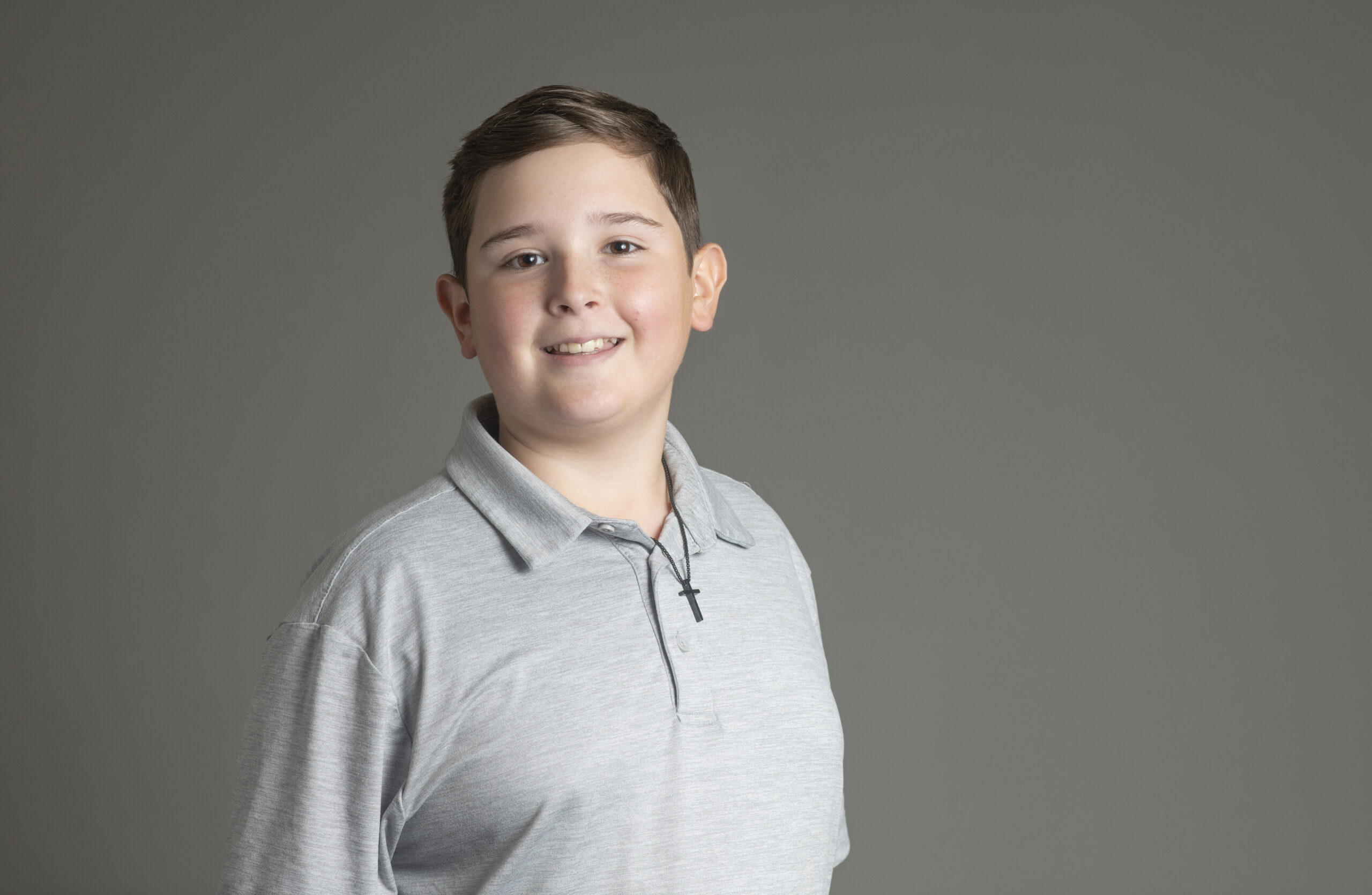
Stone was admitted to the Pediatric Intensive Care Unit (PICU) at Children’s Hospital at Erlanger after a ruptured aneurysm in his brain caused two strokes. As doctors monitored him, they discovered he suffered a third stroke from vasospasms—contractions that narrow blood vessels—in his brain. When Stone didn’t respond well to the standard treatment for vasospasms, his family felt hopeless, but his team at Erlanger didn’t back down. They found a small study supporting the use of cardiac medication to treat vasospasms. Soon after trying it, Stone’s vasospasms stopped, and he began his road to recovery! Due to the brain damage, he lost nearly every independent function and had to stay on a ventilator until he could wake up on command. After a few weeks, his younger sister told Stone it was time to wake up—and he did! He came off the ventilator, and his team helped him speak his first words and slowly regain movement. Since day one in the PICU, the hospital staff rallied around Stone and his family. Today, Stone continues to make remarkable progress at a rehabilitation facility. In fact, professionals from children’s hospitals across the region call Stone’s circumstances a medical anomaly with a one-in-a-billion chance of survival.
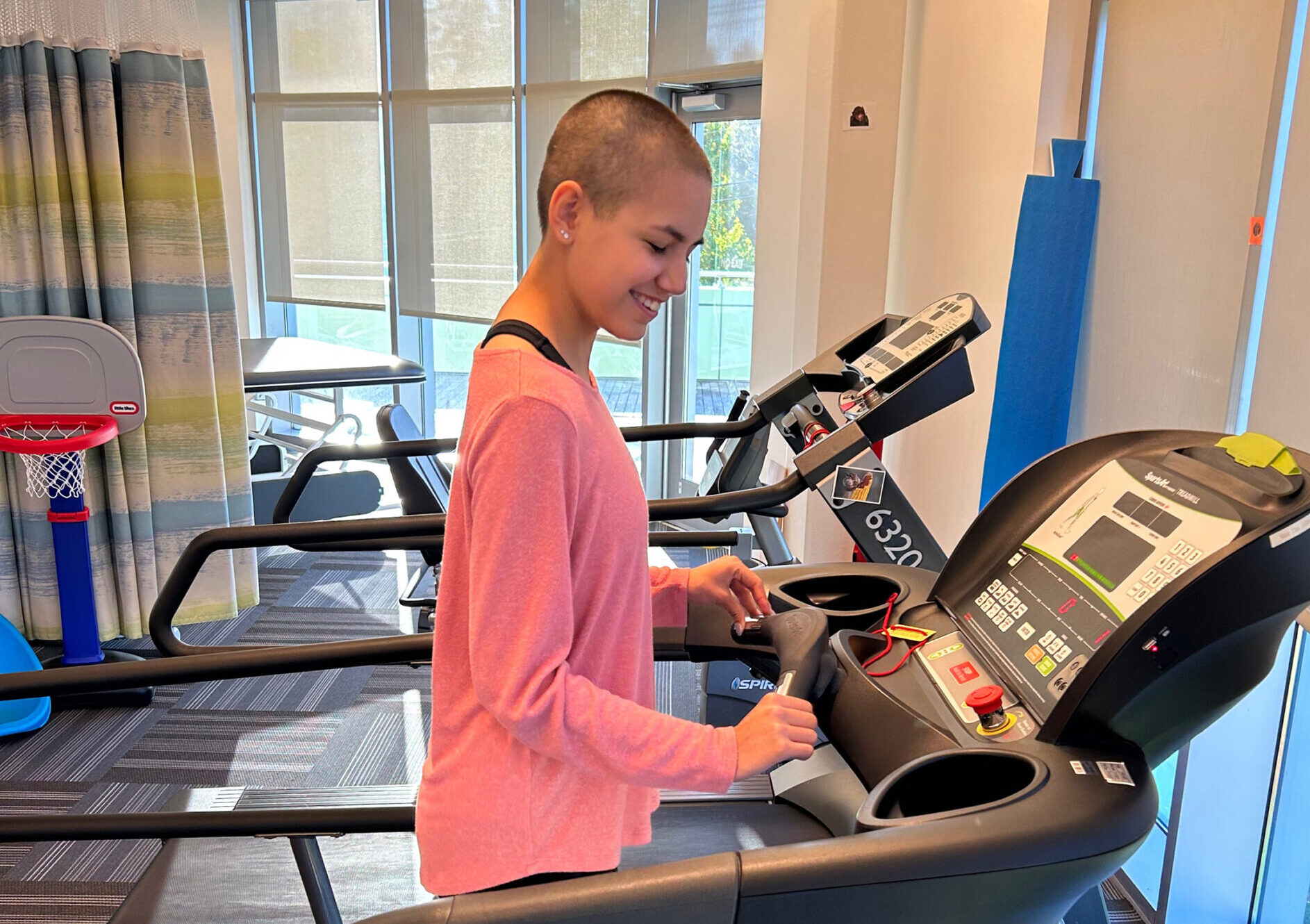
Just a few months after winning state in cross country, high school freshman Allie was ejected from the vehicle in a car accident and taken by air ambulance to a local hospital. Allie underwent a month of intensive care, but her journey was just beginning. She was transferred to Ranken Jordan Pediatric Bridge Hospital for recovery, arriving with lingering head trauma and an injured back, pelvis, and bladder. However, therapists jumped in immediately, working to strengthen Allie’s upper body and leg muscles. Her care team’s positive attitude and commitment to Allie’s recovery helped set the tone for her time in the hospital. To aid her recovery, Allie needed a special boot, but her insurance didn’t cover it. Thanks to donor generosity, Allie received the boot she needed. While at the hospital, Allie played fun games and frequented the hospital’s outdoor garden–her favorite place during her stay. After weeks of attending therapy five or six times a day and months of inpatient care, Allie is back to running! She ran the Ranken Jordan 5K for Play and is back on the cross-country team!
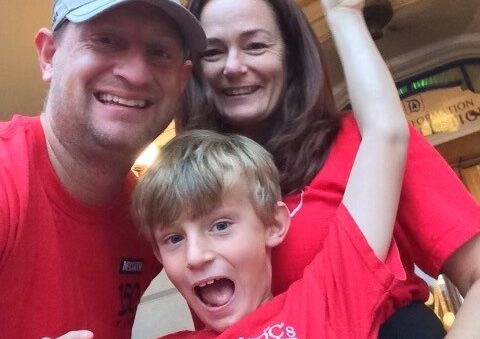
Back in 2009, Craig, a senior preconstruction director, began overseeing the construction of the Bill Holmes Tower at Children’s Hospital of Orange County (CHOC), now part of Rady Children’s Health. At the same time, Craig and his wife received devastating news: their 4-year-old son, Jackson, had acute lymphoblastic leukemia. As Jackson received expert care at CHOC’s Hyundai Cancer Institute, Craig watched the new tower rise, finding comfort in sharing the hospital’s construction progress with his son and other patients. Watching the project develop as Jackson’s health improved helped Craig see their bright future ahead! As an animal lover with dogs at home, Jackson felt reassured by the hospital’s pet therapy program, and their frequent animal visits kept a smile on his face throughout treatment. After three years of treatment in and out of the hospital, Jackson triumphed over cancer and is now thriving. He recently celebrated his high school graduation and has ambitions to become a veterinarian. And Craig has moved along to his second CHOC project: a nine-story ambulatory tower set to open this summer.
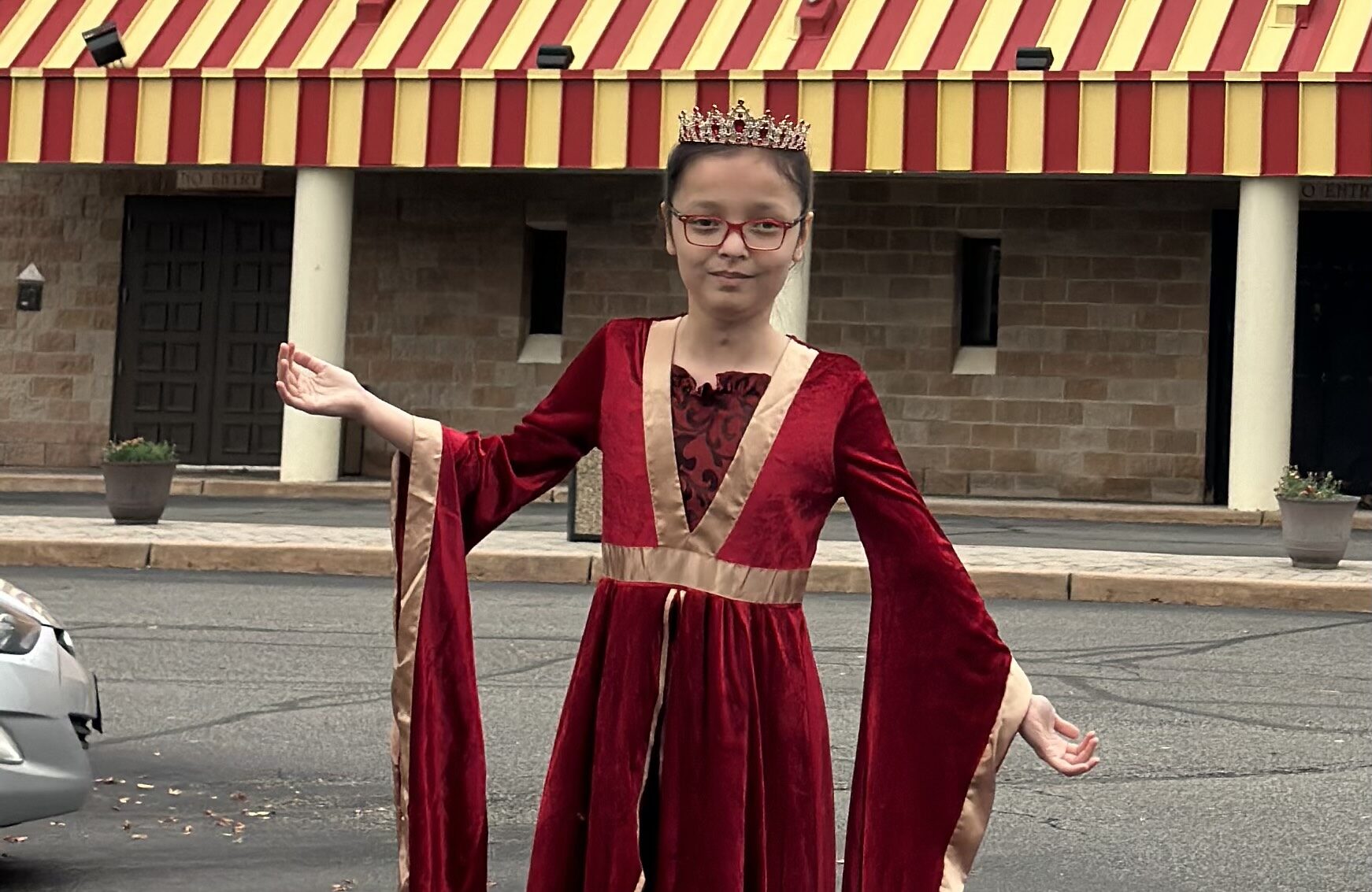
When Lillie’s mom was pregnant, she had a rare condition that caused frequent trips to the ER, and she was told that her daughter may not survive the pregnancy. Defying the odds, Lillie was born at 25 weeks at Maimonides Children’s Hospital, but that was just the start of her journey. Since Lillie was born prematurely, she spent her first few months of life in the hospital’s Neonatal Intensive Care Unit (NICU). She had serious chronic lung disease and received a tracheostomy in her neck to provide positive oxygen and pressure. As her breathing gradually improved, a pediatric pulmonologist stepped in to help prepare Lillie to go home. This specialized doctor worked with Lillie to help her learn to eat and breathe independently, eventually taking her off an oxygen tank. While these first few months of Lillie’s life were some of the scariest, her mother felt loved and supported by the hospital staff through it all. Because of the life-saving care she received, Lillie is now an independent and active ten-year-old! She’s in elementary school and is running, playing, and thriving!
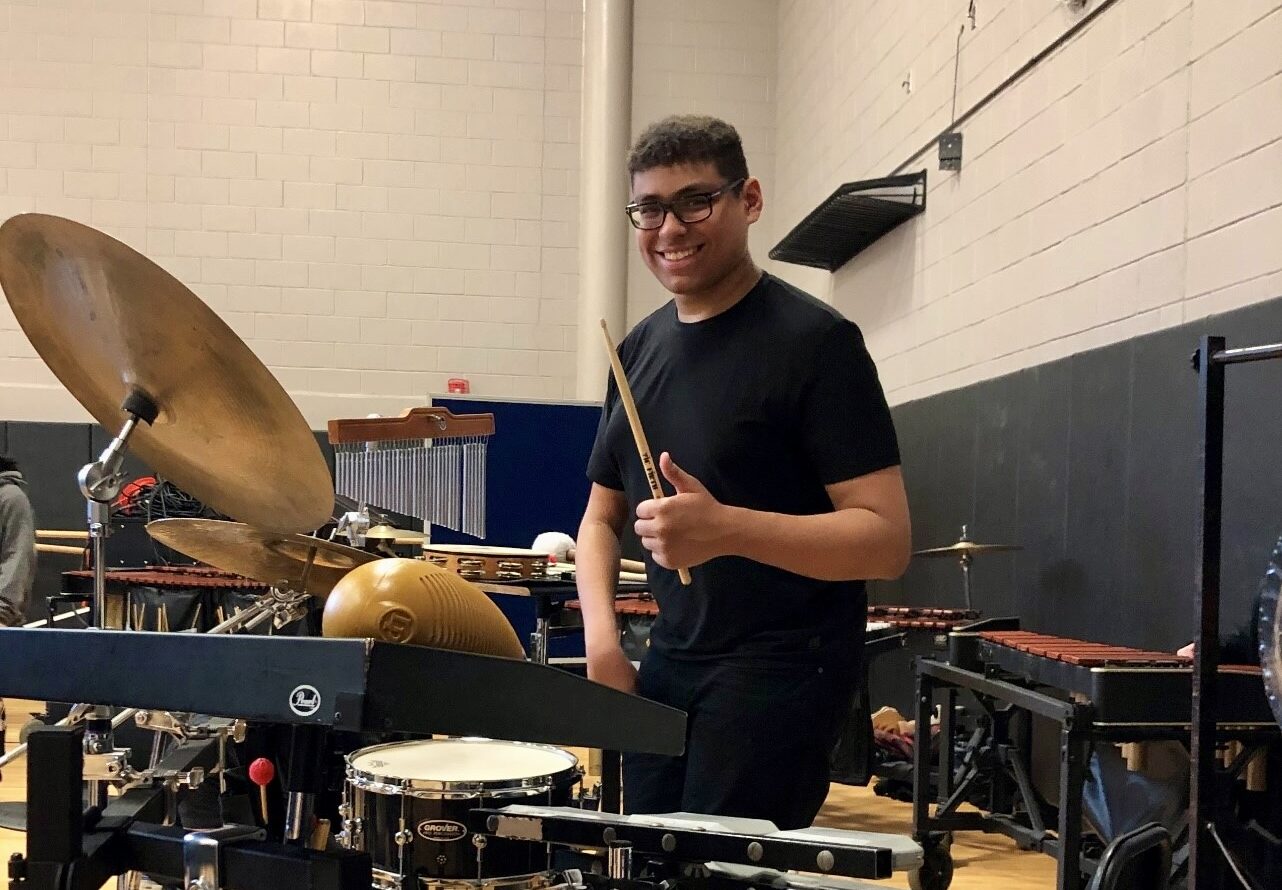
16-year-old Jonathan has been visiting Children’s Specialized Hospital since he was a baby. Jonathan was born with Right Hemiparesis Cerebral Palsy, weakening the entire right side of the body. Diagnosed at 15–months old, Jonathan’s care team shared a blueprint of physical and occupational therapy to pave the best path forward. Throughout his childhood, Jonathan has endured nine separate surgeries and consistently attends physical therapy to increase his mobility. His nurses and therapists are like a second family to Jonathan, always supporting him and helping him grow stronger. Thanks to the care he receives and his willingness to challenge himself, Jonathan has been able to pursue his passions—he’s in his high school’s marching band and plays the trumpet and bass. Jonathan has additional surgeries down the road and will continue occupational and physical therapy to help him live life to the fullest.

Hewitt is a social butterfly and a star student, so when he asked to skip school, his parents knew something was unusual. His main symptom, reoccurring headaches, prompted an MRI at Arkansas Children’s that revealed a baseball-sized tumor near the base of his skull. Hewitt’s treatment began swiftly, with a five-hour craniotomy to remove the tumor. Tumor tissue samples were sent to a lab, ultimately discovering that Hewitt’s cancer was rare, malignant, and fast-growing. Because certain forms of radiation can impact a child’s growth, doctors landed on a combination of both chemotherapy and proton beam therapy, a new radiation that causes less tissue damage. Through all six months of treatment, the nurses and child life specialists at Arkansas Children’s became a pivotal support system for Hewitt. With every new phase of treatment, the team explained the process so Hewitt could easily understand. He responded well to the treatment, and on March 13, 2024, Hewitt rang the bell, symbolizing being cancer-free! Today, he’s in remission and back to doing what he loves most – hanging with friends, being a great big brother, and excelling in school.